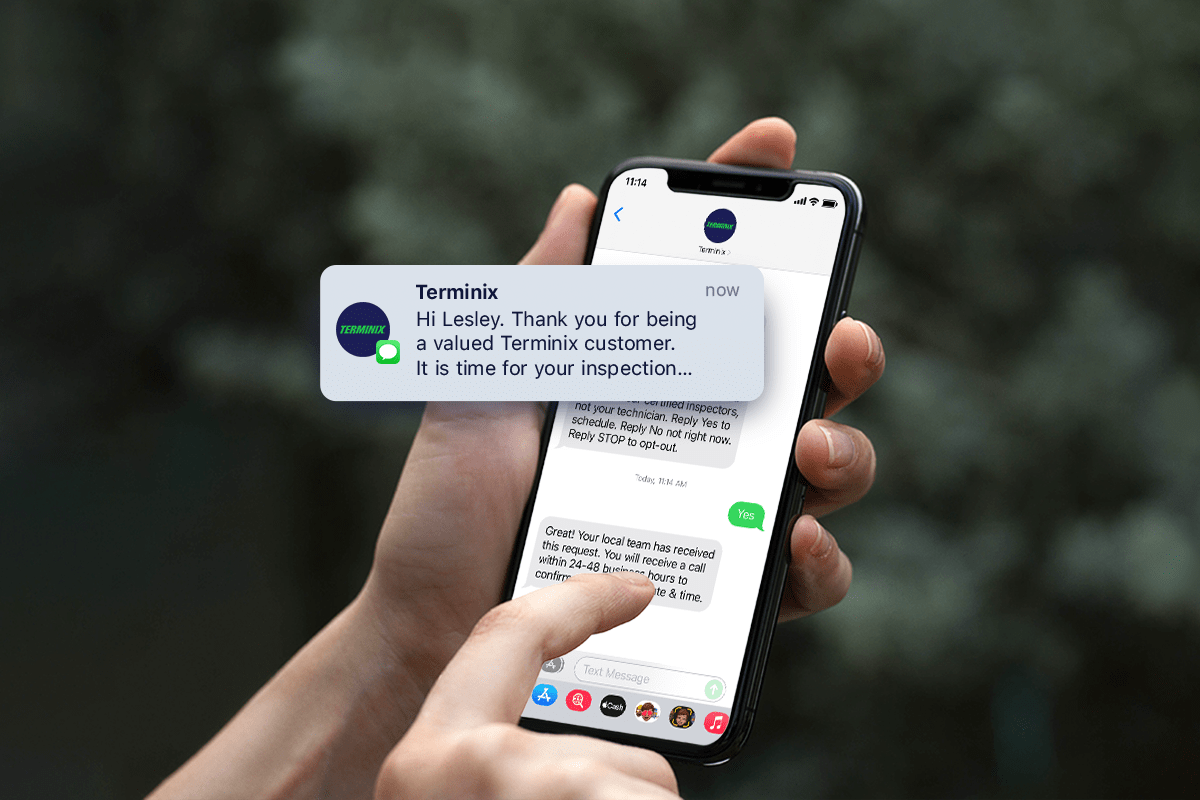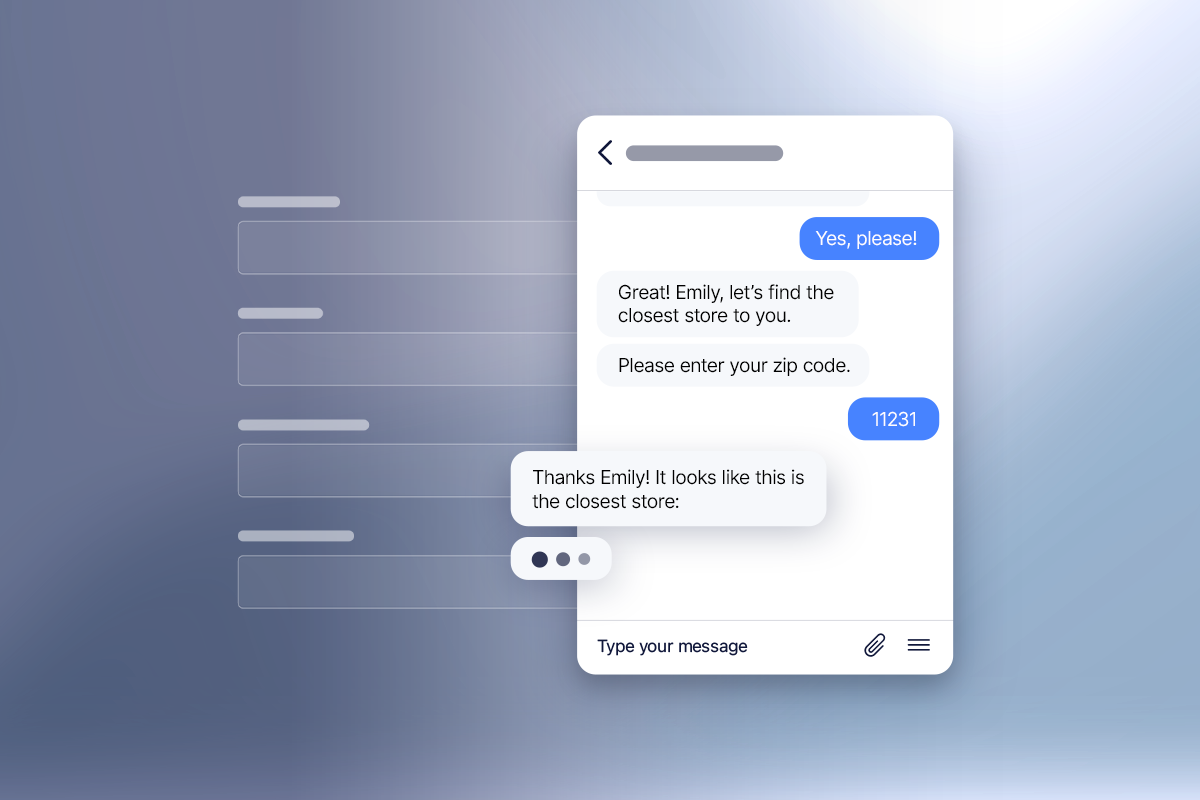Is it cold where you are yet? Do you feel the chill in the air? Do you smell the hint of pine and gingerbread hiding amidst all the PSLs?
Well, get excited because Christmas and the holiday shopping season is right around the corner.
While there’s a lot to be thankful for this year, the e-commerce world is also holding its breath. Habits from the COVID-19 pandemic have shifted shopping permanently online, but economic uncertainty hangs over the season.
Pandemic concerns and general convenience means many consumers are staying home this year, meaning you need new ways to reach your customers and capture their attention.
Let’s explore how you can prepare for the 2022 holiday season and take a look at how to connect with customers shopping from home.
The 2022 holiday shopping landscape.
Given the general uncertainty in the air, there are mixed predictions for the holiday season. Adobe’s annual forecast predicts online shopping to top $209.7 billion in the US—a 2.5% increase over last year.
While that’s still a jump, it doesn’t come close to the 8.7% year-over-year growth between the 2020 and 2021 holiday shopping seasons. Or, for that matter, the 33% jump in online revenue we saw in 2020 as a direct result of the pandemic.
Despite Adobe’s neutral outlook, other surveyors aren’t anticipating an economic boost at all this year. ShipStation predicts a 14.4% reduction in overall holiday spending in the US, which represents a $30.6 billion loss.
At the same time, merchants are staying optimistic. A whopping 50% expect online sales to increase. Unfortunately, 58% of consumers said they plan to cut back on non-food spending.
Here are the top three things weighing on consumers’ minds.
Inflation during the holidays
Inflation is a topic on everyone’s mind right now, and it will influence consumers’ holiday shopping habits. According to ShipStation, 28.8% of consumers are most concerned about rising inflation and its impact on their holiday spending. Although wages have gone up, they haven’t kept up with the cost of living increases and general price hikes. Knowing that prices are higher overall—and not knowing when inflation will subside—means customers will be price-conscious this year. They plan to spend more time hunting for deals and holding back from impulse purchases.
A looming recession
Beyond the immediate impact of inflation, people can feel a recession in the air. Whether it has a long-term effect on our economy is yet to be seen, but that won’t stop it from impacting the shopping season. ShipStation reports that 18.3% of consumers say they’re most concerned about rising economic uncertainty. Expect more strategic shopping, with less focus on brand loyalty and more focus on the overall cost of goods.
COVID-19 effects on holiday shoppers
COVID-19 levels are down and most of our lives have returned to a semi-normal state. Yet, while 59% of consumers say they’re less concerned about COVID-19 this holiday season according to IBM, many consumer habits implemented during the pandemic are here to stay. This includes online shopping, curbside pickup, and avoiding holiday crowds. Customers prefer the convenience and on-demand nature of online shopping. Since they’re avoiding the crowds of Black Fridays past, there will be less emphasis on individual shopping days (Black Friday and Cyber Monday).
7 tips for connecting with customers staying home this holiday season.
Convenience and safety are two big factors that sway your customers to shop online, but it takes more than that to get and keep their attention.
Take a look at these seven tips for connecting with customers online.
1. Optimize omnichannel service.
Part of creating a digital customer experience is ensuring consistent service across channels. A whopping 54% of customers say it feels like sales, services, and marketing don’t talk to each other, according to Salesforce.
Customers want to be able to start a conversation in one channel and pick it up in another without having to repeat themselves. This is especially true during busy times when the last thing they want to think about is, “Where did I talk to that nice rep?”
Instead, ensure a seamless online experience with a conversational AI platform that works across channels and carries your customers’ conversations with them. Having a conversation on a social platform, like Instagram or WhatsApp, and carrying it to your website’s live chat (also known as web chat) will create a frictionless experience for your customers that they remember.
2. Personalize your customer service.
No matter the state of the holiday season, the question is still the same: How do you stand out in a crowded online marketplace? Even amid everything else going on, personalization still reigns supreme.
According to Zendesk’s CX Trends report, 68% of customers expect all interactions to be personalized. To meet these customer expectations, customer service agents and chatbots need one major thing: information.
Ensure your conversational AI platform integrates with your existing CRM and e-commerce software, like Salesforce, Shopify, Oracle, and more. Armed with information, your agents can give customers a personalized and unique online shopping experience.
3. Send rich messages.
Rich messaging is the next level of text messaging. (You probably already do it in your own personal text messages.) Instead of sending simple text-based messages, you can send photos, emojis, GIFs, and more.
With Quiq’s advanced rich messaging capabilities, you can send personalized messages to your customers, and even:
- Process secure transactions.
- Schedule appointments with a tap of a button.
- Send reminders, confirmations, and notices.
- Increase engagement with compelling content.
Rich messages are a great way to notify customers of special sales and upcoming discounts during the holiday season. For example, if they’re waiting on a hot item with the potential to sell out, you can let them know when it’s restocked and even complete the transaction right within their messaging app. This ensures your customer won’t miss out on the deal while helping you capture more revenue.
4. Make holiday information easy to find.
Sometimes, the best way to stay connected with your customers is to make sure they can find what they need without talking to your service team. Younger customers especially prefer to find answers on your site independently. In fact, it’s often a sales driver since they might be more likely to leave your site than talk to a service rep.
Make sure you update your knowledge base to include holiday information, like the return/exchange policy, shipping costs, the last day to buy to receive items by Christmas, etc. But don’t just hide it on your site somewhere. Include this information on your social media, in newsletters, and in other marketing materials. Not only will this spark engagement and purchases, but it’ll also lessen the amount of customer service inquiries during an already busy season.
5. Up your live chat game.
If you haven’t implemented live chat on your website, you absolutely should. The holidays are a great time to flex your live chat muscles. In case you don’t know, live chat (also known as web chat) is a way to instantly message your customers from your website. It typically lives on the bottom right-hand corner of your site, where customers can easily interact with your service agents.
During the holidays, you may have an influx of new customers that live chat can help you capture. Proactively reach out during key points in the customer journey to head off questions and even prevent abandoned carts. Check in with web visitors when they first hit your site, when they stumble on your returns page, or when they first view their shopping cart. It’s a great way to give customers a similar experience to being in a brick-and-mortar store and will help prevent bounce rates.
6. Have more conversations on social media.
Social media is dominated by marketing teams, but it can also be a great place for customer service. Many consumers won’t differentiate your brand’s customer service team from your social media team, and they’ll expect the same service, ready-to-go answers, and personalization they’d get from using your website’s live chat.
So, that’s what you should give them. Make social media an extension of your customer service by using your conversational platform in social media channels. From Facebook Messenger for Business to Instagram for Business and even Twitter Direct Messages, you can give customers a stellar experience no matter where they reach out.
7. Turn Google searches into experiences.
Never miss out on an opportunity to have a conversation with your customers. When customers find your business on Google, Google’s Business Messages gives them the option to text you directly with a click of a button.
That way, customers can go directly to your customer service team with questions and get a personalized experience from the get-go. Since you’ll be using their native messaging app, you can use the same rich messaging to delight customers with GIFs, image carousels, and more.
More ways to have a successful 2022 holiday shopping season.
With the balance of the holiday shopping season hanging in the air, you can’t continue business as usual. Consider these bonus tips to help finish out the year strong.
Start now.
Retailers are used to the holiday rush—that crunch time between Thanksgiving and Christmas day when the majority of people get the majority of their shopping done. That’s always been a challenge for retailers in general (how to make the most money in such a short period of time), but even more so for e-commerce.
This year, holiday shoppers are planning ahead. Big retailers are offering sales ahead of the busy season. Amazon, for example, hosted a fall Prime Day event in early October to kick off the holiday season. And a Bankrate survey shows 50% of shoppers plan to start before November. Only 12% plan to wait until December to start.
What does this mean for your business? Don’t save your sales and holiday marketing for Black Friday and Cyber Monday. Repurpose what messaging and promotions you can to get shoppers to your site as soon as possible, or you could be missing out on a lot of the early revenue.
Cut shipping costs.
Or at least don’t raise them. As prices increase, customers will look for ways to save money while online businesses will look for ways to cut their own costs. Typically, online retailers will pass shipping costs on to customers as a way to cut their own costs.
But when money is tight, savvy shoppers are more likely to switch retailers or even skip online shopping altogether. In fact, 30.3% of customers say the cost of delivery is one of the most important factors when choosing a merchant according to ShipStation. Be cautious when considering increasing your shipping rates and look for other ways to combat rising expenses.
Offer new ways to shop.
Now that holiday shoppers have spent a couple of years in the COVID trenches, alternative shopping methods like curbside pickup have increased in popularity. In an Adobe survey of 1,000 consumers, 35% said they would use curbside pickup this season. This will be a big increase from the 25% of shoppers who used this service last year.
Curbside pickup is a way to help your last-minute shoppers, too. While a lot of holiday shopping is happening earlier in the season, there are always last-minute shoppers. Offering this option could help your customer service team, too. They won’t be as bogged down with angry customers asking why their package won’t arrive until after December 25.
Make customer connection your differentiator.
Despite uncertainty this holiday shopping season, connecting with customers is the best way to stand out and ensure success. You can give your customers the same outstanding experience they’d receive in-store (or even better) when you double down on conversations.



